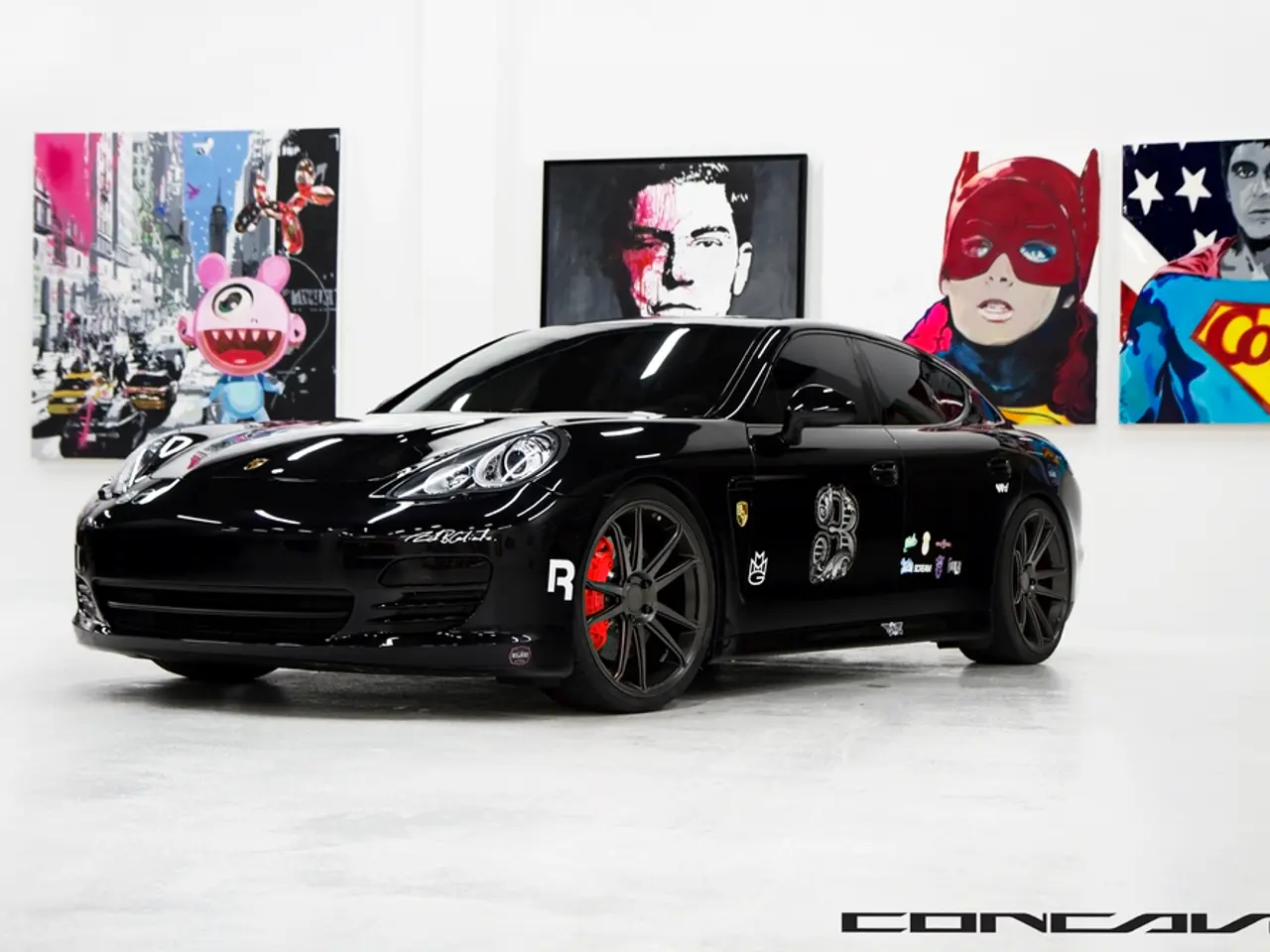Discussion on WardsAuto Podcast: Comparable Electric Vehicle Battles in Europe and the U.S.
In the current year, the conversation surrounding the transition to zero-emission vehicles (ZEVs) and electric vehicles (EVs) has become a contentious topic in Europe, much like the debates over government regulation, energy independence, and technological innovation that have historically shaped American political discourse. This debate is taking place between Senior Editor David Kiley in Detroit and WardsAuto European Editor Paul Myles in Germany.
Both regions prioritize increasing ZEV and EV adoption as a means to combat climate change and reduce transportation emissions. EVs and zero-emission vehicles are viewed as crucial parts of future mobility with increasing market shares in both Europe and the U.S. Economic incentives like tax credits and mandates are commonly used tools to stimulate market growth and encourage manufacturers to shift production towards zero-emission vehicles.
However, there are key differences and similarities in the debate over ZEVs and EVs in Europe versus the U.S.
Similarities:
- Both regions are witnessing strong growth in ZEV and EV sales, with economic incentives playing a significant role.
Differences:
| Aspect | Europe | U.S. | |-----------------------------|---------------------------------------------------|----------------------------------------------------| | Market Growth | Europe surpassed 2 million EV sales H1 2025, with a 26% increase; strong growth in plug-in hybrids (PHEVs) helped by lower import duties; petrol and diesel registrations sharply declining. | U.S. EV sales growth stalled with only a 2% year-to-date increase in 2025 due to policy uncertainty, tariffs, and weaker regulatory push; a temporary demand spike is expected before the September 2025 expiration of the Inflation Reduction Act tax credit. | | Policy Approach | Europe has introduced harmonised life cycle assessment (LCA) guidelines for zero-emission vehicles to ensure environmental impact transparency and to optimize sustainability across the vehicle life cycle; many countries have ZEV mandates with rising sales targets (e.g., UK aims for 80% new car sales to be ZEVs by 2030). | The U.S. policy landscape is more fragmented; the Inflation Reduction Act incentivizes EV purchases but faces policy uncertainty; tariff policies affect EV imports; recent industry shifts aim at more affordable electric models, such as Ford’s planned $30,000 electric pickup. | | Regulatory Stringency | Strong regulatory declines in petrol and diesel car sales, combined with mandates encouraging both battery electric vehicles (BEVs) and plug-in hybrids (PHEVs). | Less regulatory clarity and some relief in zero-emission vehicle credit requirements for automakers; tariffs on imports could hinder EV price competitiveness. | | Industry and Market Composition | Higher penetration of PHEVs alongside BEVs, partly influenced by import duty structures favoring PHEVs; extensive collaboration in Europe for assessing vehicle life cycle sustainability involving government, research, and industry. | U.S. market heavily dependent on full BEVs with an emphasis on domestic production platforms; evolving strategies to produce more affordable EVs with new battery chemistries. | | Environmental and Social Considerations | Europe pays greater attention to comprehensive sustainability assessments across the whole vehicle life cycle, considering wider environmental and social impacts through published harmonized guidelines. | Such harmonised sustainability frameworks are less developed or coordinated nationally in the U.S., with more focus on sales and credit-based policies. |
In summary, Europe's debate over ZEVs and EVs emphasizes harmonized sustainability assessments, aggressive regulatory declines in fossil fuel vehicles, and widespread PHEV adoption supported by import duty structures. The U.S. faces more policy uncertainty and trade-related challenges, with growth in EV adoption hampered by these factors despite strong incentives like the Inflation Reduction Act. Both regions share the goal of accelerated zero-emission mobility but differ in policy detail, market dynamics, and regulatory approaches.
The debate in Europe is part of the conversation about the polarization of opinions on these topics. It is also part of the ongoing discourse about the transition to cleaner and more sustainable energy solutions. As both continents navigate this transition, the conversation between David Kiley and Paul Myles will continue to shed light on the challenges and opportunities that lie ahead.
a) The debate in Europe and the U.S. shares the common goal of accelerated zero-emission mobility, but they differ in policy detail, market dynamics, and regulatory approaches.
b) While both regions witness strong growth in electric vehicle (EV) sales, the policy landscape in Europe is characterized by more harmonized sustainability assessments, aggressive declines in fossil fuel vehicle sales, and widespread plug-in hybrid EV (PHEV) adoption, contrasting the more uncertain and trade-related challenges faced by the U.S. market.




